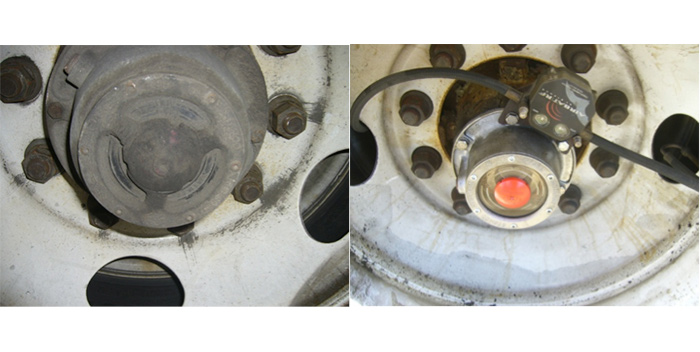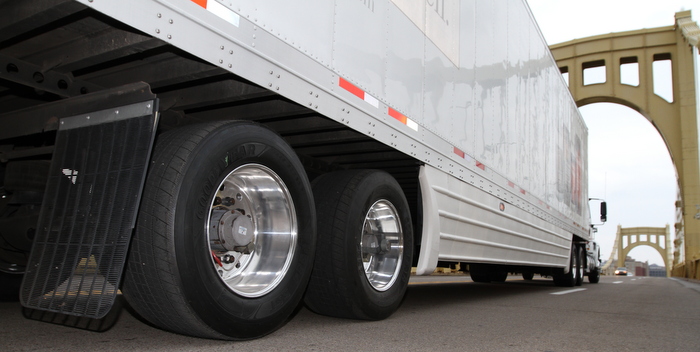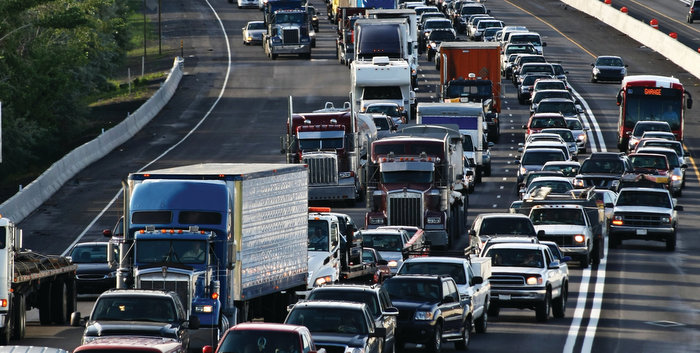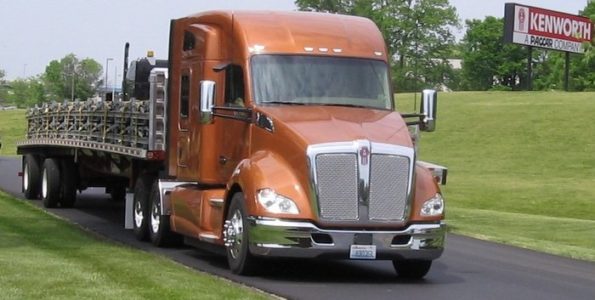 When it comes to best practices for fleet asset management, there is some debate as to which method is better, centralized or decentralized control. Let’s look at the differences.
When it comes to best practices for fleet asset management, there is some debate as to which method is better, centralized or decentralized control. Let’s look at the differences.
Centralized fleet management is an approach where the vice president of maintenance, or other executive in charge of that aspect of the fleet business, has 100% authority over all assets and shops. A decentralized fleet relies on the local non-maintenance terminal manager to determine what happens in the shop.
In the centralized model, the executive in charge of asset management often uses the team approach, encouraging input from shop employees. But the executive ultimately makes the final decision based on that individual’s know-
ledge of fleet maintenance or asset management. In the decentralized model, the local terminal manager is self-
directed or makes decisions working from the directives of upper management, which often are focused on perceived cost-saving practices rather than requirements for asset management and equipment maintenance.
As an example of the two types of management, let’s say the fleet maintenance shop manager asks the parts department to keep 10 widgets in stock. The parts department manager knows that five widgets are sufficient because he can get 24-hour delivery from a local parts supplier if more are needed. In the centralized shop model, the executive in charge reviews the request for stocking 10 widgets and has been informed by the parts department that if five widgets are stocked and used others can be ordered and delivered within 24 hours. The asset management executive may decide to stock five widgets knowing that ordering more, if needed, will not cause undue downtime. If he has been tracking asset repair reports and has seen that widget replacements have been occurring frequently, the executive may decide to have the parts manager stock 10 widgets. Input from others is made, but the person responsible for the assets makes the decision needed to keep the trucks maintained and on the road creating revenue.
The same scenario handled by the decentralized shop might go this way: The terminal manager knows the company wants to cut costs, and even though there may be a need for 10 widgets to be stocked, the manager decides that having only five on the shelves this month will keep expenses down. The manager makes the decision, based on dollars regulated by upper management, determined by a budget, or without other input. In this case, upper management and the terminal manager may be completely unaware that additional widgets are needed for more frequent repairs. The focus is on controlling short-term (maybe bonus-related) costs at the terminal rather than maximizing asset use.
So which system is better? This is just the beginning of the debate. Check out s18391.p525.sites.pressdns.com in October for a new online column, Asset Management: Ask Darry, with Darry Stuart, president & CEO, DWS Fleet Management Services (www.darrystuart.com), which will address this topic and others.









